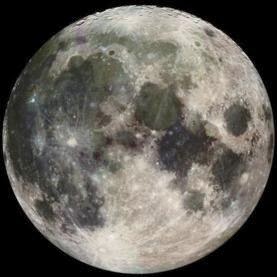 |
| Image: NASA/JPL and article link |
Exoplanets are almost old hat to astronomers, who by now have found more than 1,000 such worlds beyond the solar system. The next frontier is exomoons—moons orbiting alien planets—which are much smaller, fainter and harder to find. Now astronomers say they may have found an oddball system of a planet and a moon floating free in the galaxy rather than orbiting a star.
The system showed up in a study using micro lensing, which looks for the bending of starlight due to the gravitational pull of an unseen object between a star and Earth. In this case the massive object might well be a planet and a moon. But the signal is not very clear, the researchers acknowledge, and could instead represent a dim star and a lightweight planet. “An alternate star-plus-planet model fits the data almost as well” as the planet-plus-moon explanation, the scientists reported in a paper that was posted this week on the preprint site arXiv. The study has not yet been peer-reviewed.
The thrill is obvious, but tampered with skeptical caution: a moon discovered circling an exoplanet with the presence of comet-carried water in the planet's early stage could give rise to the conditions similar to ours for intelligent life. I expect peer-review will be necessarily rigorous as the Scientific Method is about illuminating truth from fiction; facts from error to corroborate this finding.
Scientific American: First Exomoon Possibly Glimpsed
Comments